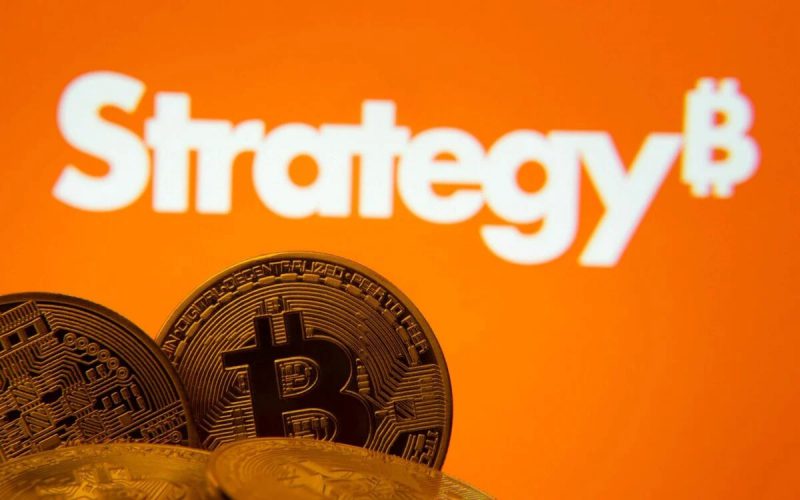Shares in Michael Saylor’s Strategy (MSTR) are slipping on Thursday as the price of Bitcoin has dipped below $110,000. Strategy, being the largest institutional investor in BTC, often sees its stock travel parallel to the crypto coin’s path, and is now slipping as the coin does the same.
MicroStrategy (MSTR) has risen from around $123 in August 2020 to roughly $284 today, peaking above $1,300 during Bitcoin’s 2024 rally. Including its leveraged Bitcoin exposure, this equates to an 85% annualized return. Additionally, Strategy has more than $74 billion in bitcoin and more than $27 billion in unrealized gains. Earlier this month, the company also rose by over $8B in market capitalization, sending its stock higher. The US Treasury and IRS waived the company of a multi-billion dollar tax bill on its BTC holdings, which saved the company billions in potential tax liabilities.
Amid the current market dip, many investors have turned toward alternative investments to fiat. While BTC also slips in value, experts have called for investments in precious metals. Gold and Silver Futures have recently hit all-time high valuations, while spot prices are also up.
Also Read: Public Firms Holding Bitcoin Increase By 40%: $117 Billion Held
Though silver’s climb this year has been steeper than gold’s, silver likely has higher to go given that its price remains cheap relative to gold, said John Hathaway, senior portfolio manager at Sprott Asset Management, which specializes in precious metals and critical materials. Gold has recently been trading at about 80 times the price of silver, above the historic average of about 67 times. “Chronic underinvestment, supply shortages and its dual role as both a monetary and industrial metal position silver prices for a breakout,” Hathaway wrote in a note to clients.
Analyst support behind Strategy MSTR remains strong, with a Buy rating and a price target of $705 amid concerns over market volatility in digital asset treasury companies. Strategy is now down 1% since the beginning of the year and is still trading nearly 30% below its 52-week high of $473.83 from November 2024.





